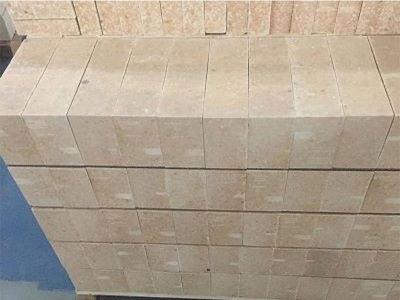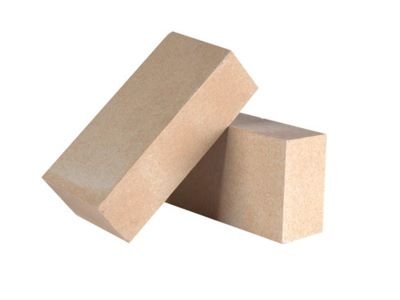Address
Building 1, Zone 1, Greenland Binhu International City, Zhengzhou, Henan, China
Work Hours
Monday to Friday: 9AM - 7PM
Weekend: 10AM - 6PM
Address
Building 1, Zone 1, Greenland Binhu International City, Zhengzhou, Henan, China
Work Hours
Monday to Friday: 9AM - 7PM
Weekend: 10AM - 6PM
In the glass production process, the performance of the kiln lining material directly affects production efficiency and product quality. As an important refractory material, zirconia 20 bricks play a key role in the glass industry.
The core characteristic of zirconia 20 bricks lies in their excellent high-temperature resistance.
First, the material contains approximately 20% zirconium oxide, enabling it to withstand temperatures exceeding 1600°C without significant deformation.

Furthermore, it exhibits excellent resistance to molten glass corrosion. This effectively prevents chemical attack on the furnace lining by molten glass, extending its service life.
Additionally, its excellent thermal stability reduces thermal shock damage and ensures stable furnace operation.
In specific applications, zirconia 20 bricks are primarily used in critical areas of glass furnaces.
For example, these areas are located in the high-temperature zones of the melting pool, flow tunnels, and manifolds. These areas are subject to extremely high temperatures and come into direct contact with molten glass, placing stringent demands on the performance of the refractory material.
In particular, zirconia 20 bricks effectively resist localized high-temperature corrosion in the furnace’s hotspots, maintaining the integrity of the furnace structure.
During use, strict quality control is required during the installation process.
First, ensure smoothness during the laying of zirconia 20 bricks. Use a compatible refractory slurry for filling the brick joints to avoid premature damage due to improper installation.

Furthermore, the kiln should be heated slowly to avoid sudden temperature changes that could cause cracking.
Furthermore, when using with other refractory materials, differences in thermal expansion coefficients must be considered to avoid structural stress concentration caused by uneven expansion.
Regarding maintenance, regular inspections are essential.
Observing the surface erosion of zirconia 20 bricks can help identify problems and implement remedial measures. For example, if significant erosion or cracks are observed on the bricks, local repairs or replacements should be performed as soon as possible.
In addition, controlling the kiln’s temperature fluctuations and avoiding frequent kiln starts and stops can effectively extend the material’s service life.
Therefore, maintaining comprehensive maintenance records and establishing reasonable replacement cycles based on actual usage are crucial to ensuring the long-term stable operation of the kiln.